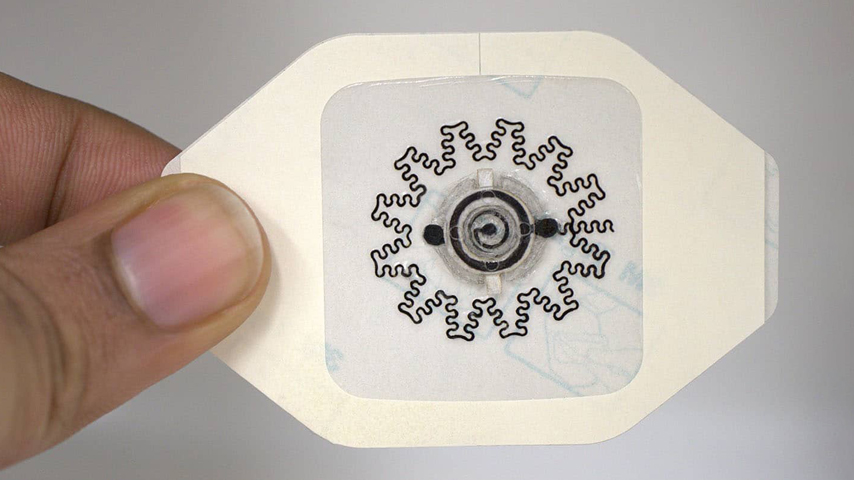ASME Enters Into Agreement with the Organ Preservation Alliance
ASME Enters Into Agreement with the Organ Preservation Alliance
June 17, 2016

ASME recently signed a Memorandum of Understanding (MoU) with the Organ Preservation Alliance (OPA), a non-profit organization that is working to end donor organ scarcity by conducting and promoting research in cryopreservation and other technologies for the long-term storage of human organs.
OPA, which is based at Singularity University (SU) Labs at NASA's Research Park in Moffett Field, Calif., is building on recent advances in cryopreservation research that could make long-term organ storage a reality and lead to such benefits as better organ matches, fewer rejections, lower transplant costs and an increase in organ availability. The organization and its initiatives, which include the development of a Roadmap to Organ Banking to identify challenges and milestones for advancing organ and tissue preservation technologies, were highlighted in a recent fact sheet issued by the White House that listed various government, private, and non-profit programs that had been established to reduce the waiting list for donor organs.
The Memorandum of Understanding, which ASME and OPA signed in late May, aims to establish a cooperative framework that will help the organizations collaborate on projects and initiatives for the healthcare and bioengineering industry sectors. The agreement is also intended to bolster the ability of both organizations to achieve their shared mission of advancing, disseminating and applying healthcare and bioengineering knowledge and technology development from idea conception through product commercialization.
Through the agreement, ASME and OPA hope to improve communication and coordinate the exchange of technical information; share technical experts and technical content; encourage the engagement of ASME members and the technical community through live and on-line events; and explore opportunities to collaborate in the development of conferences, technical seminars, workshops, publications, roadmaps, training courses and other related activities.
For its part, ASME intends to support OPA by contributing to relevant white papers and publications; by publicizing organ banking news, white papers, publications, and conference and workshop information through ASME channels including ASME.org and Mechanical Engineering magazine; and by participating in the Alliance’s events and activities.
To that end, ASME has agreed to be one of the sponsors of the next OPA roundtable workshop, “Emerging Technologies in Organ Preservation,” in Washington D.C., on June 29. The event will encompass a variety of sessions addressing such topics as expanding the donor pool with organ reanimation; organ transport, assessment and repair; new solutions for whole organ cryopreservation; and an overview of Charlotte Banks, a regional organ preservation initiative within the Charlotte, N.C., area. Speakers scheduled to appear at the roundtable workshop will include Sebastian Giwa, chief executive officer of Sylvatica Biotech and OPA chairman; Prof. Korkut Uygun of Harvard Medical School and Massachusetts General Hospital; Greg Fahy, chief science officer at 21st Century Medicine; and Prof. Gloria Elliott of the University of North Carolina Charlotte. ASME has also agreed to participate in the Organ Preservation Alliance’s Organ Banking Summit at Harvard Medical School in 2017.
Meanwhile, OPA will collaborate with ASME by providing the Society with input and guidance on market trends, future directions and community needs within the organ banking and tissue engineering area. The organization will also offer content and program development assistance for relevant ASME conferences and events, and promote relevant ASME conferences, workshops, publications and other content. Prior to signing the agreement, OPA got an early start on collaborating with ASME by organizing a tutorial, follow by a technical session with five talks, a panel and an audience discussion on the theme “The Grand Challenges of Organ Banking: How the World Is Beginning to Align to Meet Them” at NEMB 2016 in Houston in February. In addition, OPA’s chairman and CEO, Sebastian Giwa, appeared in the ASME.org podcast “Preserving Organs for the Future” in April.
Explaining OPA’s work, Giwa said, “Stem cells and embryos have been cryopreserved for decades, and recent progress has made it possible to bank arteries, heart valves, organ slices and more. We’ve also seen progress with rat hearts, pig livers, sheep ovaries, pig uteri, rodent limbs, and the cryopreservation and successful transplantation of a rabbit kidney. For the first-time ever, the goals of stopping biological time and enabling banking of human hearts, livers and kidneys are within reach. This would transform transplantation and save millions of lives. We see these programs as the kickoff for a modern day ‘Apollo Program in Organ Banking. And like going to moon was audacious, but something we knew we could accomplish, so is solving organ banking.”
“We are incredibly excited to be working with ASME to further the work of long-term organ preservation and ending the organ shortage,” added Jedd Lewis, president of OPA. “We have many mutual interests and goals, and are excited to partner with an organization with so many great members, such strong technical resources and an amazing history.”
To learn more about the Organ Preservation Alliance, or for more details on the Roadmap to Organ Banking, visit www.organpreservationalliance.org. For more information on Memorandum of Understand or the “Emerging Technologies in Organ Preservation” workshop, contact Christine Reilley, director, ASME Emerging Technologies, by e-mail at reilleyc@asme.org.




